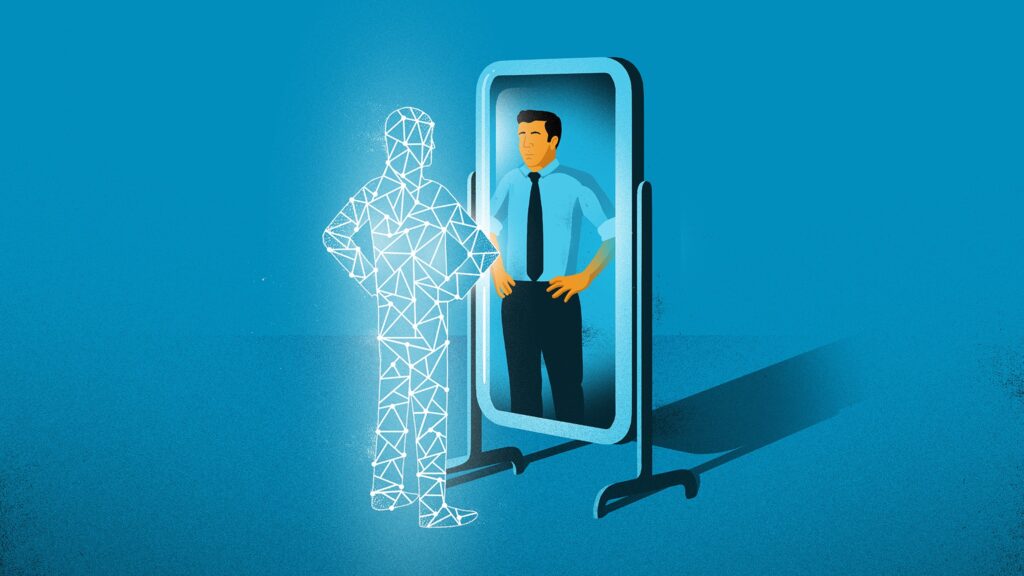This creates friction for customers whose daily experiences with digital-first companies like amazon and google are shaping their expectations. How long then will customers agree with an outdated level and way of working?
In real life
For instance, insurers often require income documents to be furnished as part of the onboarding process. There are multiple options available, and the customer usually chooses the most readily available income proof – say a bank statement of one of the accounts.
The sales process flows through, and login is done. Later, when an underwriter reviews the policy, they realize that the annual premium is high and the bank statement transactions are dated or not enough. The customer receives a call and/or an SMS to additionally submit income tax returns (ITR) for the last three years. Suddenly, a policy that the customer had already paid for and purchased (in their mind) is in the “pending for purchase” category.
At this point, the customer starts rethinking the policy – discussing it with others, reviewing other products, and getting confused. If friction like this becomes the norm, more customers will continue to drop off, including those who hear about it through word-of-mouth. A longer TAT also allows customers to look for more options beyond the current insurer.
Let us also not forget that Insurance in India is still a “Push” product, so often customers are looking for ways to not take Insurance. Poor customer experience can end up being a strong reason or trigger for opting out by not fulfilling requirements raised at a later date.
Using AI to create the dream CX
The above scenario can be leveled out with a smart process that identifies if the customer is an existing customer during onboarding. In the event of an existing customer, the prerequisites can be relaxed (for example, identity and age proofs will be already available with the insurer). The rest of the attached documents can be read and validated using a smart underwriter augmented by a document digitization solution. This AI-driven underwriter also evaluates the criteria for income proof upfront and present the same to the customer then and there.
Now, the customer knows from the start that their bank statement is not enough and they need to furnish more documentation before login. The work doesn’t seem additional then; it’s just a part of a well-built process.
Conversely, if the customer is a new one, the relaxation can be eliminated. The AI underwriter instantly performs the required checks through personalized and reflexive questions. Again, the customer knows upfront what is expected of them.
Internally, underwriters are also saved the additional task of reviewing the policy twice and raising the requirement for additional age proofs.
Hitting many birds with one stone
Looking at the bigger picture, customer experience is the first thing to be improved. The omnichannel experience will automatically become truly seamless and consistent. There are no fixed avatars, cookie-cutter service, or hounding the customers for documents every few days. Customer satisfaction increases, which further increases the possibility of creating raving customers (a.k.a fans). This raving customer base goes out and does the best marketing with no need for your company budget.
Internally, operational efficiency increases in straight-through processing (STP) and zero-touch policies. And because of the aforementioned factors, your company’s resilience and sustainability increase in a post-COVID world.
Building a new status quo
In the new normal, companies will hold themselves to a higher standard.
They will recognize that even if they are a beloved brand, just one bad experience will stop 32% of their customers from doing business with them. They will prioritize speed, convenience, easy payment, knowledgeable and friendly service over bells and whistles. They will seek to close the gap between expectations and reality as it’s not just a matter of revenue generation but improving and safeguarding someone’s life.
Source: Business World
Share this article:








